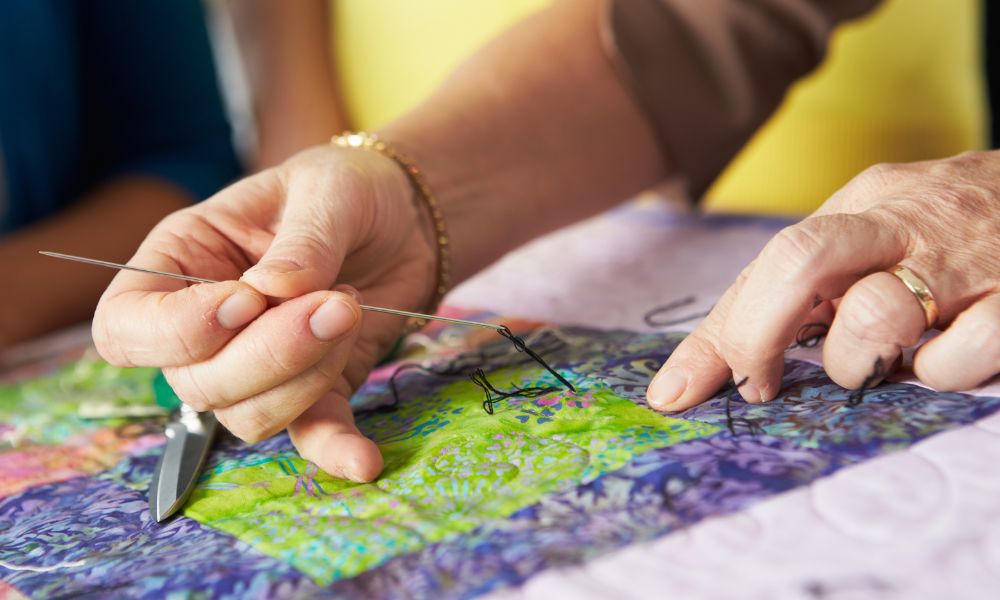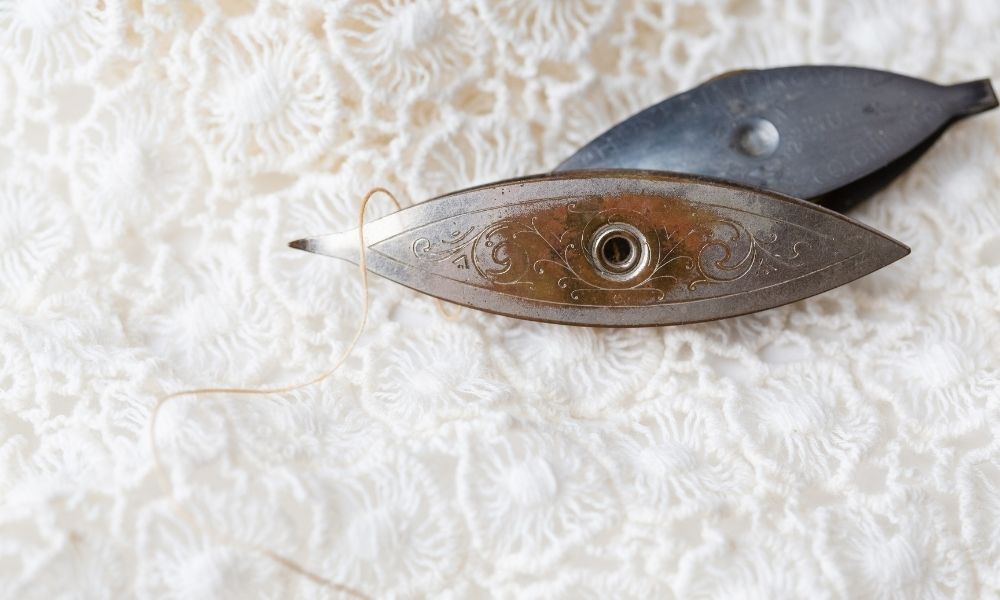4 Uncommon Uses for Batiks That Might Shock You

Batik fabrics are often used in quilt making. They undergo a specific resisting process involving wax to cover parts of the material. The wax serves as a barrier to mitigate the dye penetration through the entire piece of cloth. Once the fabric dries, the designer removes the wax to reveal unique, intricate patterns of many colors.
While batiks are famous for their versatility in complex quilt designs, this art serves a purpose in more ways than one. Check out these four uncommon uses for batiks that might shock you below.
History of Batiks
Batik is a time-consuming art that sees high demand in the fashion industry. The amount of creative freedom placed in the designers’ hands contributes to the material's popularity.
While early evidence of the art is from over 2,000 years ago with roots in the Middle East, Central Asia, and India, batiks reached their full potential in Indonesia.
With all the raw materials available, fabrics contained batik designs that held significance and potent symbolism. The Sultan of Yogyakarta restricted some of the designs to himself, his family, and Court servants.
Creating batiks was an essential skill young women of noble birth had to learn. The young crafter would spend the night before in meditation before enduring many months of long, detailed work. The finished product would then go on to become a prized heirloom for future generations to cherish.
Today, the art of batik is still a huge part of Indonesian culture and continues to be a significant industry with a solid link to generations’ past. However, modern techniques such as silk screen printing, block-printing, spray dyeing, and bleach discharging are becoming popular variations within the art.
Main Techniques
There are two main methods when approaching the art of batiks. The first is "batik tulis," otherwise known as hand-drawn batik. Cloth is hung over a frame, and the designer draws on the design with a canting. A canting is a small copper cupped spout tool with a wooden handle that facilitates the distribution of the hot wax onto the fabric.
In this method, the wax must be present on both sides of the textile to create a stronger resistance. This contributes to its time-consuming nature.
The second method, "cap batik," or hand-stamped batik, is a straightforward variation that requires the use of a copper stamp to apply the wax. The textile sits upon a padded table while the stamp or cap heats up in a pan of hot wax. Once the cap reaches its optimal temperature, the designer presses the stamp on the fabric.
This method is significantly faster than the batik tulis method; however, both techniques require using hot wax on both sides of the material to ensure a pattern when applying dye.
While it’s common in quilt making and garment creation, batik fabric usage continues to widen.
Furnishings
Artisans developed a technique to finish wooden furniture that can be challenging to achieve. The wooden furnishing undergoes a full coat of wax to create patterns and imagery.
The furniture then endures a complete submersion in liquid ink that will stain it according to the wax pattern applied beforehand. If furnishings use multiple colors, it goes through several coats of different shades to obtain the desired look.
While the final result is durable and lasts a while, furnishings can also undergo a final layer of clear coating. This seals the diligent work and art portrayed on the piece while giving the furniture an appealing, glossy appearance.
On larger pieces of furniture, the process can differ. Designers paint batik patterns by hand with special inks and dyes. Once the ink dries, the artisan applies a clear coating or varnish to seal in their work.
Home Decor
Batiks serve a significant purpose in home décor these days. Fabrics and textiles of all sizes and detail can fill a home with their intricate designs. Batik fabrics are also beautiful materials to use when creating accent pillows, cushions, quilts, or throw pillows. The batik material could decorate the upholstery of cushioned bar stools or bring flair to a lampshade.
Batik Paintings
Batik paintings are a sight for sore eyes. They are made with cotton fabric, which is woven tightly for extra durability. They look similar to watercolor art and are very distinguishable. Crafters love them for their famous and intricate designs.
To make them, artists would apply the colors in reverse order using the same traditional materials of the batik-dyeing processes. From darkest to lightest, the artists achieved dilution and contrast in tonality, shading, and depth. It was more intricate compared to submerging an entire textile in dye.
This method would place more control in the artisan’s hand to achieve imagery and fine details that older techniques would not.
Jewelry
Batik fabrics can be used to create homemade jewelry. The designs in the materials do all the work when attracting the eye. All it takes to create a piece of homemade batik jewelry is a piece of fabric, textile glue, and a chopstick.
Apply a bit of fabric glue to the tip of the toothpick and coat one end of the material’s strip. Gently pull and roll the fabric around the chopstick to form the soft bead. Add a touch of glue to the end so the material doesn't unravel. Smooth down the back to secure it and then allow it to dry.
Incorporate seed beads once the glue dries to elevate the appearance of the beads. Ensure that the fabric doesn’t stick to the chopstick by gently tugging the fabric.
The finished product will replicate the look of an elongated bead but will contain beautiful, unique patterns (which will look great used in a necklace or pair of earrings.)
Pieces made using the batik method are beautiful. Batik-made quilts and garments exude elegance and complexity. This art form may also have some uncommon uses that might shock you. They add to the versatility and usefulness of batiks in crafts.
At Lindley General Store, our catalog of fabrics and equipment is like no other. We have a colorful selection of batik quilting fabric you can incorporate with your crafting projects to add interest and texture. For any further inquiries, feel free to contact us with any questions you have.






Comments